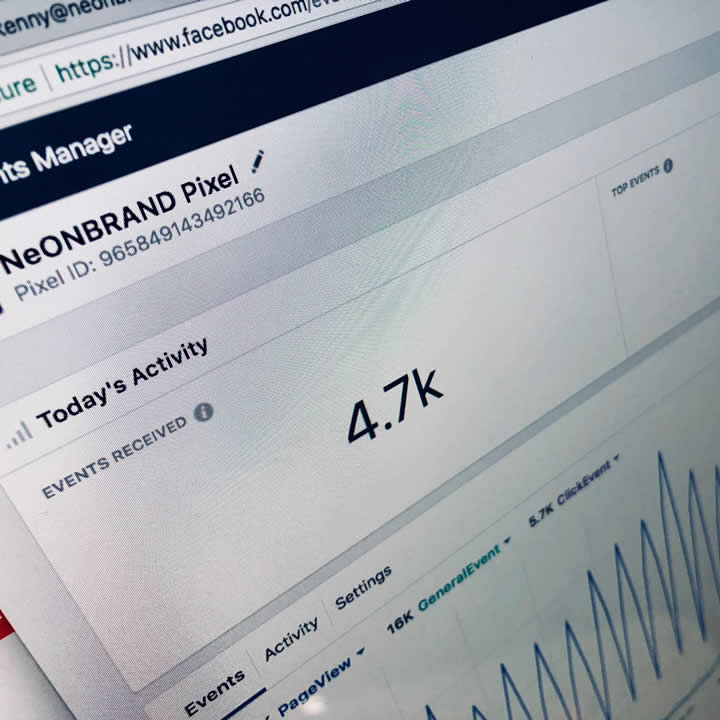Over the past few decades, business owners have learned that information is the most valuable resource in the manufacturing industry. Every day, companies fight tooth and nail to gain an edge on their closest competitors and adjust everything from their supply chains to the molds they use for their products.
So, how is it that manufacturing companies are making these critical adjustments on the fly? The answer is analytics—also known as big data. Companies are learning to use data analytics to craft complex business intelligence strategies that maximize their efforts and help them run more efficiently. Continue reading to learn how embedded analytics can help you to optimize your manufacturing company’s operations.
What is data analytics?
Businesses have been using big data for decades to get insights into their customers’ needs, but data scientists have totally reimagined the ways information can be used. With analytical tools like predictive algorithms and data visualization, your company can function more efficiently by finding better vendors and learning the clients’ needs to develop prototypes based on their needs. Even if you’re already using analytics as part of your business applications infrastructure, enhancing your analytics capabilities could further separate you from the pack.
What is business intelligence?
Even if you decide to incorporate data analytics into your company’s business applications infrastructure, you must have a strategy to unleash its full potential, and that’s what business intelligence (BI) is. You could describe it as the analytical tools you use and the insights you plan to gain from using them.
A traditional BI strategy will employ tools such as predictive analytics and data visualization as well as a software application capable of integrating analytics with the customer relationship management (CRM) dashboard. A thorough business intelligence strategy will help you manage everything from your security and financial systems to your other business process applications.
Predictive analytics is the most exciting part of a traditional BI strategy. Manufacturing companies most frequently use this tool for demand forecasting and predictive maintenance on their machinery. When you use predictive analytics to forecast your products’ demand, it allows you to switch out your custom plastic molding at more opportune times and avoid long downtimes.
What is embedded analytics?
Even though data analysis is a powerful tool, it’s little more than a wet noodle in the hands of business users who don’t know how to wield it properly. The goal of embedded analytics is to make it easier for business users of analytics to use them with their CRM and gain actionable insights from their data.
The embedded analytics definition is to integrate data visualization, dashboards, spreadsheets, and other analytics applications to make them easier to use. Embedded analytics is an integral part of a data management strategy for business users who don’t understand the intricate parts of analytics functionality and best practices. It’s one thing to obtain massive quantities of data, but understanding the information gives you a competitive advantage in all of your business processes.
Use key performance indicators to fine-tune your operations.
Many companies begin using analytics to get insights, but they fail to progress or grow because they don’t implement the solutions they get from their data analysts. What’s the point of getting actionable insights and not using them?
The professional sports industry is a prime example of what happens to organizations that fail to incorporate data analytics into their strategies. Teams like the New England Patriots of the NFL and San Antonio Spurs and Golden State Warriors of the NBA were among the first sports teams to begin using analytics. The championships they’ve won speak for themselves, while the teams who were last to implement analytics almost invariably finished among the last-place teams in their respective sports.
Do you remember when you were a youngster in school and were told that knowledge is power? Well, in the manufacturing industry, it is, and data analytics is the best way to obtain it.

